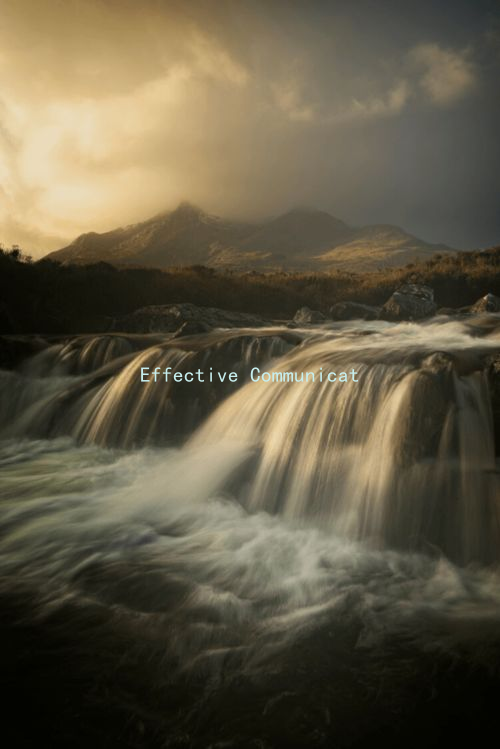Dating in the 21st Century: How Western and Eastern Gender Dynamics Affect Relationships
Dating in the 21st Century: How Western and Eastern Gender Dynamics Affect Relationships
In the rapidly evolving landscape of modern relationships, cultural norms and gender dynamics play a pivotal role in shaping dating behaviors and expectations. As globalization continues to bridge diverse societies, it is essential to explore how Western and Eastern perspectives on gender influence romantic interactions and relationship-building in the 21st century.
In Western cultures, dating often emphasizes individualism and personal choice. The notion of finding oneself before committing to a relationship is prevalent, fostering a dating scene where personal fulfillment is prioritized. This has led to the rise of online dating platforms, allowing individuals to explore potential partners based on compatibility, interests, and shared values. In these societies, gender roles have become increasingly fluid; both men and women are encouraged to express their desires openly and pursue relationships that align with their personal goals.
In contrast, many Eastern cultures still uphold traditional gender roles, where relationships are often centered around familial expectations and societal approval. In countries like China and India, arranged marriages remain common, though love marriages are gaining acceptance. Here, the emphasis on family reputation and social standing can impact dating dynamics significantly. Men are often expected to take the lead in courtship, showcasing their ability to provide and protect, while women may be socialized to prioritize stability and security in a partner.
Despite these differences, the advent of technology has begun to blur the lines between these distinct approaches to dating. In both Western and Eastern societies, social media and dating apps have made it easier for individuals to connect beyond geographical and cultural barriers. This exposure allows for a blending of ideas and practices, leading to shifts in how people perceive relationships and approach gender roles.

Communication styles also vary widely across cultures, influencing how dating interactions unfold. In Western contexts, direct communication is often preferred, with individuals encouraged to share their feelings and intentions candidly. This openness can facilitate greater understanding and connection. On the other hand, Eastern cultures may favor more indirect communication, where non-verbal cues and subtlety are essential in conveying interest and intention. This difference can lead to misunderstandings and misinterpretations in cross-cultural dating scenarios.
Moreover, the concept of dating itself is viewed differently. In the West, dating is often a casual experience, with multiple partners being the norm. In contrast, in many Eastern societies, dating may carry more weight, often seen as a precursor to marriage rather than a means of casual exploration. These differing expectations can create challenges for individuals navigating relationships that cross cultural boundaries.
To successfully navigate the complexities of modern dating, individuals must cultivate cultural awareness and sensitivity. Being open to understanding different perspectives on gender roles, relationship expectations, and communication styles can enhance connection and mutual respect. For instance, those from Western backgrounds may need to appreciate the importance of family dynamics in Eastern cultures, while individuals from Eastern backgrounds may benefit from embracing more egalitarian approaches to dating.
In conclusion, the interplay between Western and Eastern gender dynamics significantly impacts the dating landscape of the 21st century. While traditional roles continue to shape expectations in many societies, the influence of globalization and technology is fostering greater flexibility and understanding among individuals. As cultural exchange enriches interpersonal connections, navigating the complexities of modern relationships requires both openness and respect for differing cultural perspectives, ultimately leading to deeper and more meaningful connections.





